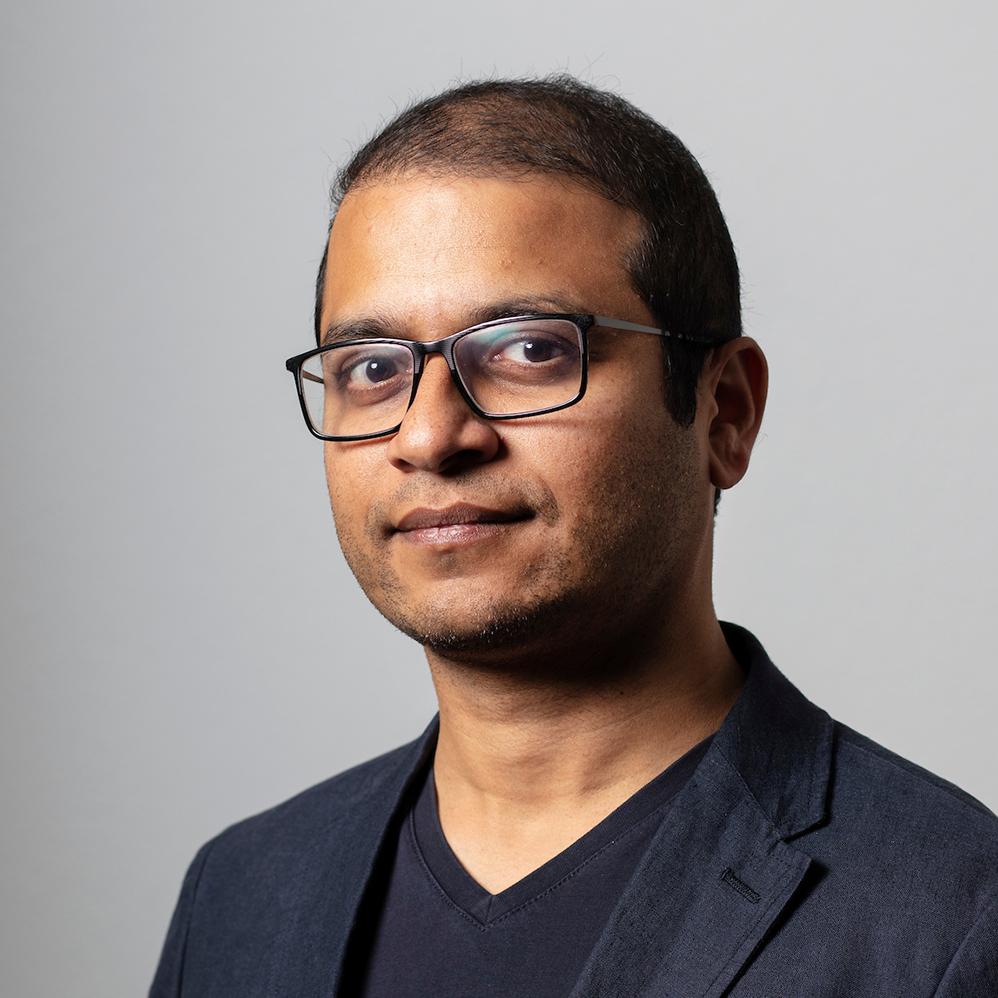Geneva: a refuge for famous exiles

The Italian royal family's gilded exile in Geneva may be nearing an end.
With an overwhelming vote, the Italian senate has taken a first step toward allowing royals from Italy’s House of Savoy to return to their native land.
They were expelled some 56 years ago, because of their ties to the wartime regime under Mussolini.
The Italian monarch, Victor Emmanuel, left Italy at the age of 10 with his father, the former King Humbert II. His son, Emmanuel-Philbert, the 30-year-old Prince of Venice, was born in Geneva.
International city
A number of royals have taken refuge in Switzerland, and in particular, Geneva.
The historian Bernard Lescaze says this is because of the city’s advantages, such as security, efficient doctors and good bankers. It is a sophisticated city, and its international conferences add to the sense of international welcome.
Geneva is known as a place in which in which to manage considerable personal assets.
“Its importance stems from the fact that several anonymous fortunes were entrusted to the region. They were without doubt sent to Geneva because it was already associated with the assests of other famous persons,” Lescaze says.
Another advantage, politically, is that princes and kings tend to be left in peace.
Royal links
The Italian royalty have enjoyed a comfortable lifestyle made possible by lower levels of taxation, and the company of other rich Italian expatriates.
The choice of Geneva is not one that the Italian royals chanced upon. There is a long history of sheltering the royals.
The historian Bernard Lescaze says, “Until 1860, the kingdom of Sardinia ‘was tucked away’ in the canton of Geneva while the House of Savoy reigned in Saint-Julien. Until the end of the 18th century, the Savoys were the sovereigns of (the Geneva suburb) Carouge.”
He adds that between Geneva and Italy, “there have been constant links over the course of centuries. Geneva was always an open city, almost a city of refuge, for a large number of Italians.”
The Medicis at Turretini
The Medicis, another famous branch of the Italian aristocracy, even had a banking outlet in Geneva during the Middle Ages.
During the Reformation, several Italian Protestant families – among them the Michelis of Crest and the Burlamaquis – settled in Geneva to escape religious persecution.
Some of their descendants have also made their mark on Geneva’s history. For example, Theodore Turretini, who presided over the Expo of 1896, constructed the landmark Batiment des Forces Motrices, transformed Lake Geneva’s harbour and set up the world-famous Jet d’Eau.
In the long series of historical ties between Geneva and Italy, it is hard to miss Count Cavour of Sardinia, who was a resident of the city long enough to give his name to one of its streets. His mother came from Geneva.
by Bernard Weissbrot. Translated by MaryAnn Mathew

In compliance with the JTI standards
More: SWI swissinfo.ch certified by the Journalism Trust Initiative








You can find an overview of ongoing debates with our journalists here . Please join us!
If you want to start a conversation about a topic raised in this article or want to report factual errors, email us at english@swissinfo.ch.